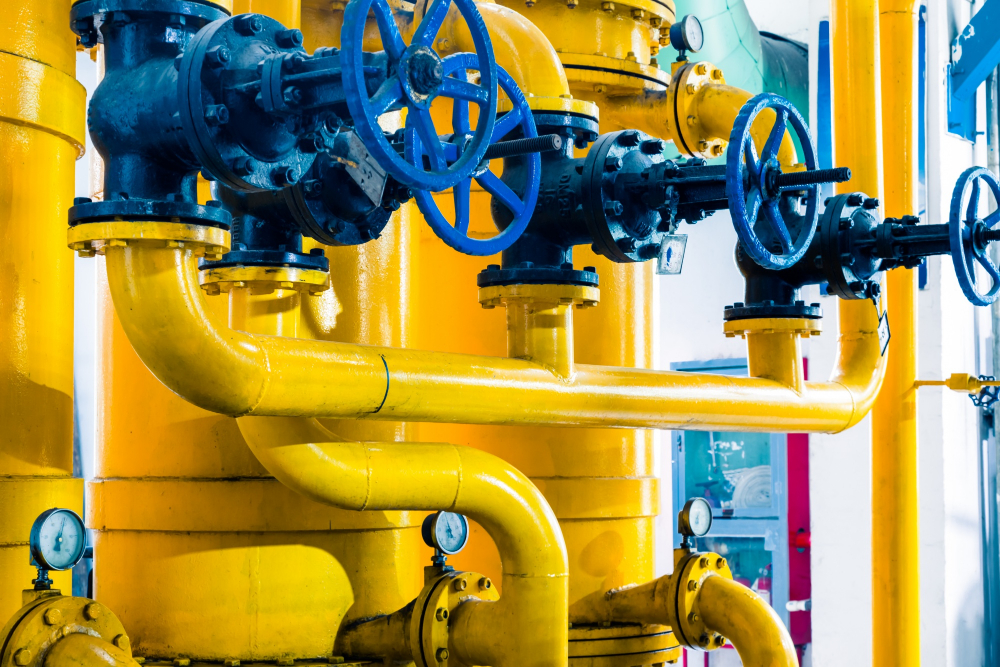Introduction
Pipe relining is a pipe repair that uses a flexible liner to patch the inside of a damaged pipe. This process is often more affordable than replacing the entire line, and it’s much quicker than digging up your yard and installing a new pipe. However, there are some cases where it might be better to replace your pipes instead of repairing them with pipe relining. In this article we’ll discuss what makes relining so great for many repairs but also show why you might want to replace your pipes instead—and when these situations occur. If you happen to have a blocked drainage or damaged pipe our trenchless pipe relining Sydney can solve the problem.
Knowing when to repair or replace pipes
The decision to repair or replace a pipe is a crucial one. Knowing whether or not it’s time for repairs will help you avoid costly mistakes. If your pipes are leaking, damaged, old or have been problematic in the past, we recommend replacing them with new PVC plastic pipes. This can prevent future problems and save you money in the long run!
The Difference Between Repairs And Replacements
If you’re curious about pipe relining and how it compares to other types of repairs, here’s a breakdown of what you need to know.
Pipes that are in need of replacement may be the result of corrosion, leaks or just general wear and tear. The best way to find out if your pipes can be repaired is by having them tested. If they are indeed beyond repair, then replacement is the most cost-effective solution. However, if they’re only partially damaged, then there’s a chance that relining could save time and money while still maintaining their functionality.
Relining involves injecting a special polymer into the interior of an existing pipe through small openings made using special equipment called “relining tools.” This technique allows plumbers to fix small breaks in pipes without having to dig up your lawn or driveway (as would be required for replacement). It also means less damage will occur during installation—and less waste generated from old materials being discarded!
How does relining help with repairs?
You may be wondering how relining helps with repairs, or why it’s a better option than just replacing the pipe. Here are a few of the key benefits:
- It’s less expensive than replacement. Relining can save you up to 75% on your repair costs, which can add up quickly in terms of parts and labor.
- It saves time. The process is much quicker than traditional replacement methods because lining is inserted into an existing pipe and then cured with heat—no digging or removing of old pipes required!
- The process is more environmentally friendly. By avoiding unnecessary waste by replacing only what needs to be replaced, relining reduces the amount of material that ends up in landfills each year.*
When is a pipe too damaged for a relining repair?
Pipe relining is a repair method that can fix most types of damage to plumbing pipes. However, there are instances when relining might not be the right option for your plumbing problem. If your pipe has been damaged beyond the point where it can be repaired, then you will need a complete replacement instead of a simple repair.
The following are examples of situations in which you should consider hiring a plumber for pipe replacement instead of relining:
- The line is leaking at multiple locations
- The lines are corroded or structurally unsound
- Your line was damaged by an animal chewing through it
Relining repairs are often the more affordable and longer-lasting solution to fixing your pipes.
Relining repairs are often the more affordable and longer-lasting solution to fixing your pipes. If you’re looking for a fast, effective way to get back to using your water without incurring the high costs of replacements, relining could be the answer.
Even though it’s often less expensive than replacement, relining is not always feasible for everyone. Your home or business may simply be too small for relining, or there might not be enough room around the existing pipe in order to fit a new lining inside it. There are also other factors like whether you live in an apartment building that would affect whether or not relining would work for your situation (and if so, how much you’d need to pay).
Conclusion
There are a lot of factors to consider when deciding whether or not your pipes need replacing, but one of the most important is cost. In most cases, you will be able to get more value out of relining than replacing. The good news is that there are many types of pipe problems that can be repaired with this technique, including leaks and pinholes in PVC pipes. If you’re unsure if your pipes have been damaged beyond repair and would like help making an informed decision about whether or not it’s time for replacements—or just want some peace of mind about how well they’ve been cared for by previous owners—call us today! Read more about factors in pipes replacement.
